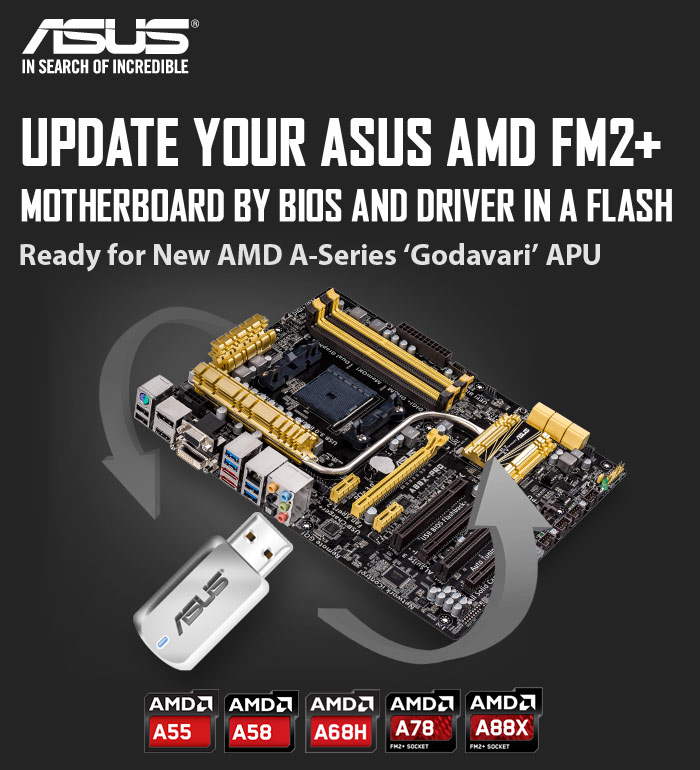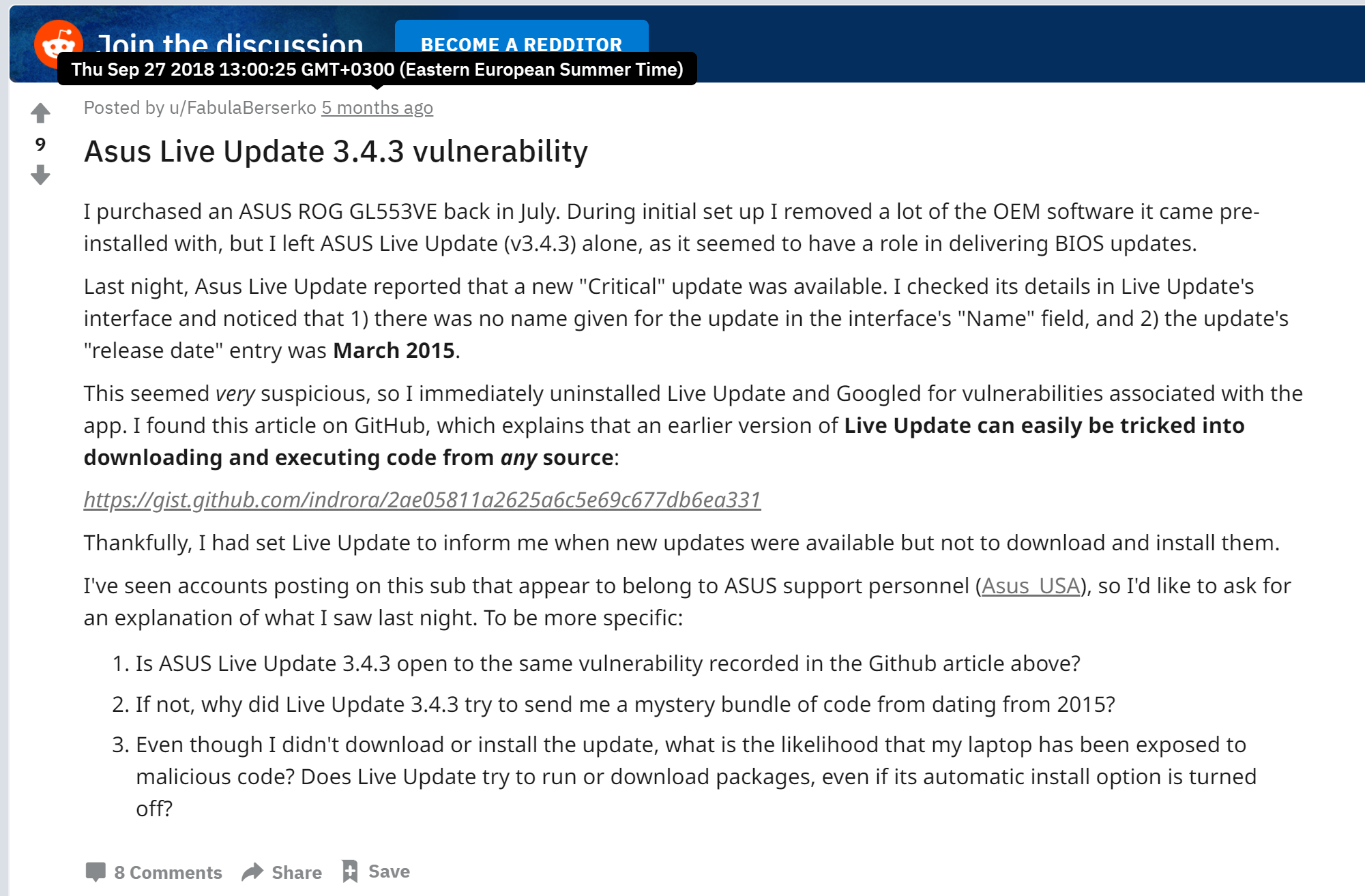

Additionally, the CCleaner attack also cast a wide net in looking for a smaller population of specific targets. They also look for other consistent tells the group uses in its code across different campaigns, though Kaspersky doesn’t reveal details of these indicators. But Kaspersky researchers see similarities in the way the Asus backdoor, the CCleaner backdoor, and other instances of ShadowPad were conceptually designed. Some posts are auto-moderated to reduce spam, including links and swear words.

NoVirusThanks Threat Killer 2.0.0.0 » Comment Rules & Etiquette - We welcome all comments from our readers, but any comment section requires some moderation.Raiu adds the group that may be behind all of these attacks, known as Barium, rewrites tools for every large attack so scanners can’t detect them by looking for its old code signatures. Screenshot for ASUS Live Update Utility « Agnitio 1.07

Kaspersky’s Raiu says that the firm suspects the Asus incident is connected to a series of mostly thwarted 2017 ShadowPad attacks as well as the successful use of ShadowPad in the CCleaner compromise. Tainted updates in otherwise legitimate software platforms have already wreaked havoc in big incidents like the May 2017 NotPetya outbreak and the June 2017 CCleaner compromise.


 0 kommentar(er)
0 kommentar(er)
